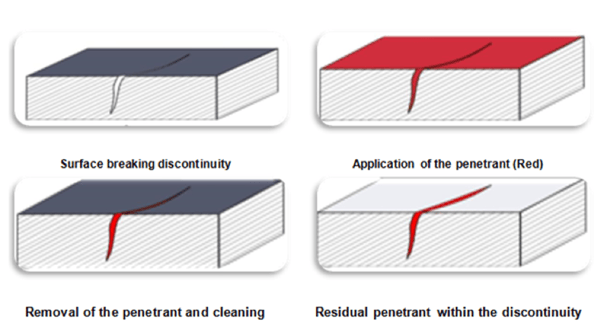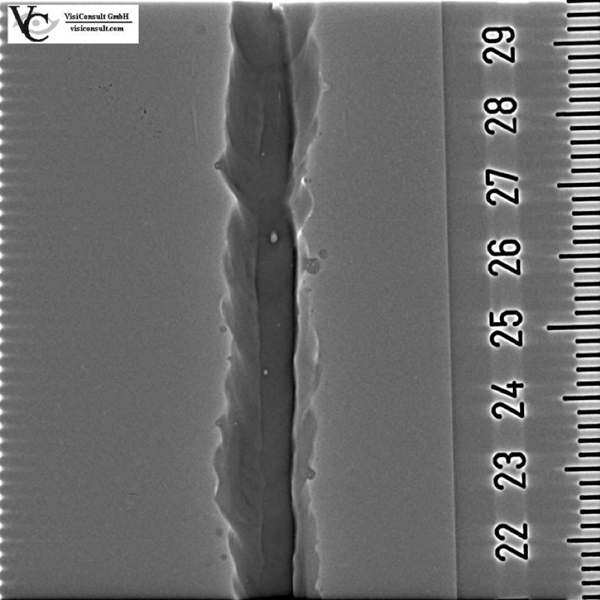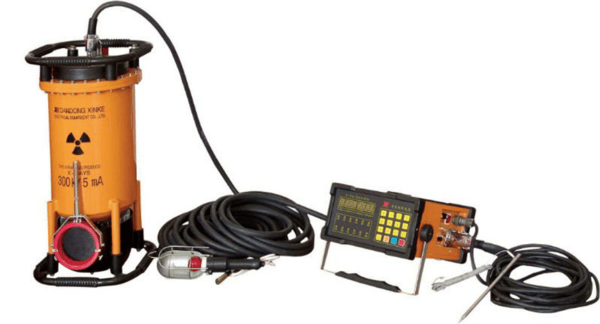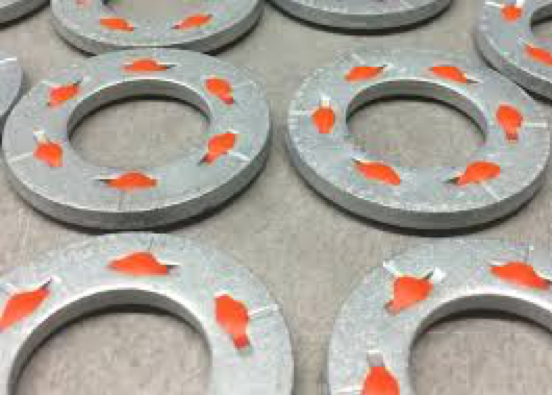In order to remain competitive and consistently win new business, Architects, Engineers, General Contractors and Sub-Contractors must diligently find new ways to lower construction costs, save time and improve building envelope energy performance for Owners.
Since construction is largely a service-based business, nothing is more valuable than time. The EM-BOLT patented boltable embedded plate is proven to save construction cost, labor and timelines.
Special inspections and testing during construction are costs that are part of every steel-framed commercial building project. For Owners, special inspections and field testing can be a large cost to the project. In the case of a welded steel embedded plate installation, there’s also the risk of failed welds which can throw off project schedules. Specialized inspection services may not be available when the need warrants, possibly driving schedule overruns.
Chapter 17 of the International Building Code establishes a variety of procedures and criteria for the inspection and testing of structural materials and assemblies. For steel embedded plate installations, being highly loaded structural elements, this Code applies. Since a traditional steel embedded plate requires a substantial amount of field welding, these welds fall under the IBC special inspection requirements.
By IBC, a percentage of embedded plate field welds must undergo a NDT, or nondestructive test. These NDT’s range from a simple visual inspection to a LPT or Liquid Penetrant Test to an X-ray Test.
While visual inspections of an embedded plate can be relatively fast, more rigorous testing can be expensive and time consuming.
LPT Testing of an Embedded Plate
In LPT testing, the area to be inspected must be cleaned, a dye is spread on the area and allowed to sit and penetrate any cracks before it’s wiped off. Then a spray is applied which will draw any dye out of the cracks to show potential weld failure points.

LPT Test Process Image courtesy American Testing Services
LPT testing of an embedded plate requires an inspector certified in the process. It additionally requires consumable materials and time. These are all costs that are borne by the Owner.
X-Ray Testing of an Embedded Plate
X-Ray testing is even more intensive. In X-Ray testing of an embedded plate weld, a portable X-Ray source and reading instrument is used, and much like looking for a broken bone, an image is produced showing any welding discontinuities.

Image courtesy VisiConsult XRay Solutions
While being more costly and time consuming, X-Ray inspection has the advantage of revealing cracks that are below the surface, that would not necessarily be revealed with visual or LPT testing. Like with LPT testing, in X-Ray testing, the inspector must be certified for this process.

With these intensive inspection processes comes expense. In a recent structural project that we ran a cost analysis on, there were 3,812 embedded plates. With inspectors auditing ~25% of embedded plates used, this means that there would be 318 inspections. This means that the inspection line item for embedded plate welds would have been significantly more if the inspector determined that LPT testing was the appropriate methodology.
When using a standard welded embedded plate, in addition to the added expense incurred by creating field welds that need to be inspected, relying on field inspection puts the project timeline at risk. Qualified inspectors may or may not always be available, but more likely is the fact that weather can play a factor in not only slowing the welding process down, but slowing the inspection process down as well.
Since an Embedded Plate is generally elevated off the floor surface where a person would stand, this means that both welding and inspections require a person to be on a ladder or man-lift to perform their work. Being on a ladder with welding gear, or inspection apparatus creates a hazard, which is multiplied by the hundreds or even thousands of welds and inspections that must be performed on an average project.
The patented EM-BOLT boltable embedded plate eliminates all field welds and replaces these joints with standard AISC bolted connections. Not only does this free field welding resources to be available for other welding work at site, it significantly reduces field inspection costs and risks.
Standard AISC bolted embedded plate connections require much less time to inspect than a comparable welded embedded plate connection that could require a NDT such as LPT or X-Ray inspection.
There are 3 structural steel bolt connections typically used with a boltable embedded plate.
Unlike the requirement to have an AWS certified welder for welded embedded plates, each of the 2 commonly used bolting technologies can be accomplished by any qualified steel erector.
Snug-Tight Bolts
The American Institute of Steel Construction (AISC) provides information regarding the installation and inspection of snug-tight bolts.
“A snug-tight bolt is installed in much the same manner as the lug nut on the wheel of a car; each nut is turned to refusal and the pattern is cycled and repeated so that all fasteners are snug. Essentially, snug-tight bolts utilize the higher shear/bearing strength of high-strength bolts with installation procedures similar to those used for ASTM A307 common bolts, which are never fully tensioned (see 6.6.2).”
The inspection of snug-tight bolts is relatively straightforward.
“The plies should be in firm contact, a condition that means the plies are solidly seated against each other, but not necessarily in continuous contact.” This can mean that the inspector may need to climb a ladder to get close enough to evaluate if the plies are well seated. The two bolt systems described below can make inspection even faster and easier, and in some cases inspectors may be able to visually inspect standing on the floor or mezzanine.
Direct Tension Indicator Washer (‘Squirter’ Washer)
DTI Washers (Direct Tension Indicator Washer) are designed to enable very simple and reliable visual inspection of bolt tension. The washers have dimples filled with paint, When the washer is sufficiently compressed, the paint is extruded out of the dimple, indicating proper snugness.
Like the TC bolts, DTI washers can be reasonably inspected from a bit of a distance, possibly eliminating the need to be on a ladder and streamlining the inspection process for the Owner. This makes them ideal for embedded plate applications.


Images courtesy Applied Bolting
Too often, construction projects experience unseen setbacks which push projects back days, weeks, and sometimes even months. Costly project setbacks are such a problem that Construction Project Managers and Estimators poring over prospective project schedules look for any time they can save to make the critical deadlines a reality. Luckily for Construction Project Managers and Estimators, specifying EM-BOLT’s patented boltable embedded plate is an easy way to compress construction timelines, save project costs and reduce inspection costs and the risk of failed weld inspections requiring rework.
With EM-BOLT embedded plates, If on visual site inspection a bolt is loose, it’s simply tightened up. However, with a traditional welded embedded plate, if a weld fails inspection, it needs to be ground out and re-welded, representing a significant unforeseen cost and construction delay.
More Embedded Plate Resources:
Patented EM-BOLT Boltable Concrete Embed Plate Structural Load Test to ACI 318-14
EM-BOLT Boltable Steel Embed Plate Installation for Structural Steel Foundations
EM-BOLT Embed Plate Design - Using Simpson Strong-Tie Anchor Designer ™ Software Analysis
EM-BOLT Embed Plate Design - Using HILTI Profis™ Software Analysis
Interested in learning more about how EM-BOLT boltable embed plates save construction costs and time? Take advantage of the Guide below!
Would you like help with your concrete embedded plate engineering calculations? Reach out to us below.
Embedded plate Revit drawings of our standard series of products are also available, for Revit drawings go here.
To learn more about the advantages of EM-BOLT Boltable Embedded Plates, go here.
To learn more about our Concrete Slab Thermal Break solutions, go here.




